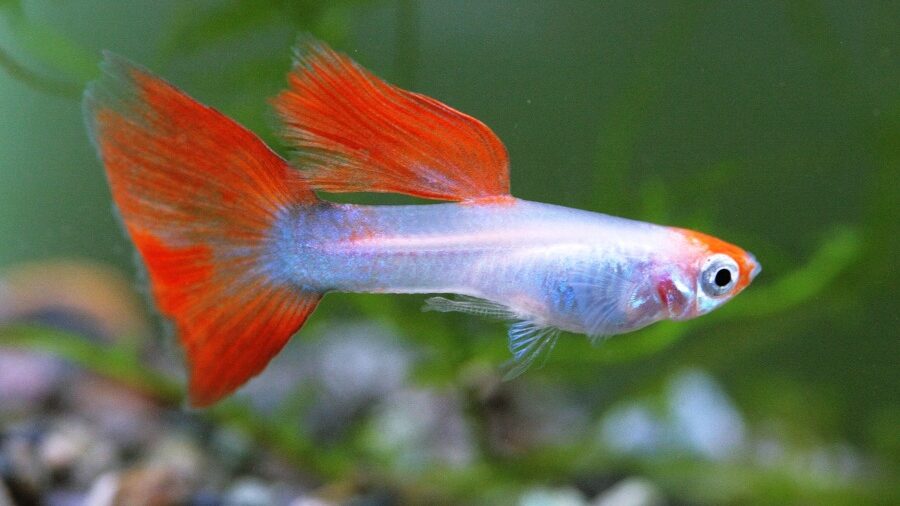Guide
Lowering the pH value in the aquarium – how to do it naturally
If you keep an aquarium, you will know how important stable water values are for the health of your fish and plants. One of these values is the pH value – it indicates how acidic or alkaline the water is. Many aquarium inhabitants, especially fish from tropical regions such as the Amazon, prefer slightly acidic water. But what should you do if the pH value is too high? In this blog article, I will show you how you can lower the pH value in your aquarium in a targeted and safe way – without using chemicals.

Lowering the pH value in the aquarium: Why is the pH value so important?
The pH value influences almost all biological processes in the aquarium. If it is outside the optimum range for your animals, this can result in stress, illness or even death. Most freshwater fish feel comfortable at a pH value between 6.0 and 7.5 – but some species, such as discus or neons, prefer values between 5.5 and 6.5. It is therefore worth measuring regularly and taking action if necessary.
Causes of a pH value that is too high
A pH value that is too high can have various causes:
- Tap water with a high pH value and high carbonate hardness
- Incorrect decoration, e.g. calcareous stones or mussel shells
- Insufficient filtration or ventilation
- Excessive water changes with hard water
But don’t worry – there are numerous ways to lower the pH value naturally.
Natural methods for lowering the pH value
1. Peat filtering
Peat fibres in the filter release humic acids into the water, which lower the pH value and at the same time colour the water a light amber colour – just like in many natural biotopes. Important: Only use peat that is especially suitable for aquariums!
2. Leaves and alder cones
Sea almond leaves, alder cones or oak leaves are real all-rounders. They also release humic substances, gently lower the pH value and also have a slight antibacterial effect. Ideal for blackwater aquariums!
3. CO₂ addition
CO₂ fertilisation for plants has a direct effect on the pH value: The formation of carbonic acid lowers the pH value. A CO₂ system therefore offers two benefits at once – healthy plants and an optimal water climate.
4. Use osmosis water
In order to lower the pH value in the long term, it can be useful to use osmosis water. It is virtually free of hardness formers, making the pH value easier to control. You can mix it in a 1:1 ratio with tap water to achieve ideal water quality.
What you should avoid
- Rapid pH value drops: An abrupt change is pure stress for your fish. Lower the value slowly over several days.
- Chemical pH reducers: These work quickly, but often only for a short time – and can lead to dangerous fluctuations.
- Lime-containing decoration: Stones such as marble or shells release lime and harden the water. Remove them if you want to lower the pH value.
Lowering the pH value in the aquarium – Conclusion
Lowering the pH value in the aquarium requires a little patience, but it pays off. With natural remedies such as peat, leaves or adding CO₂, you can adjust the pH value in a stable and gentle way – without any stress for your animals. It is important that you regularly check the water values and cater to the needs of your aquarium inhabitants.
- Researchers discover a ‘prehistoric motorway’ for dinosaurs in Bolivia - 6. December 2025
- Long-standing dispute settled: Spinosaurus was a true aquatic predator - 5. December 2025
- Palaeontology: Schoolboy in the USA discovers 150-million-year-old dinosaur fossil - 4. December 2025